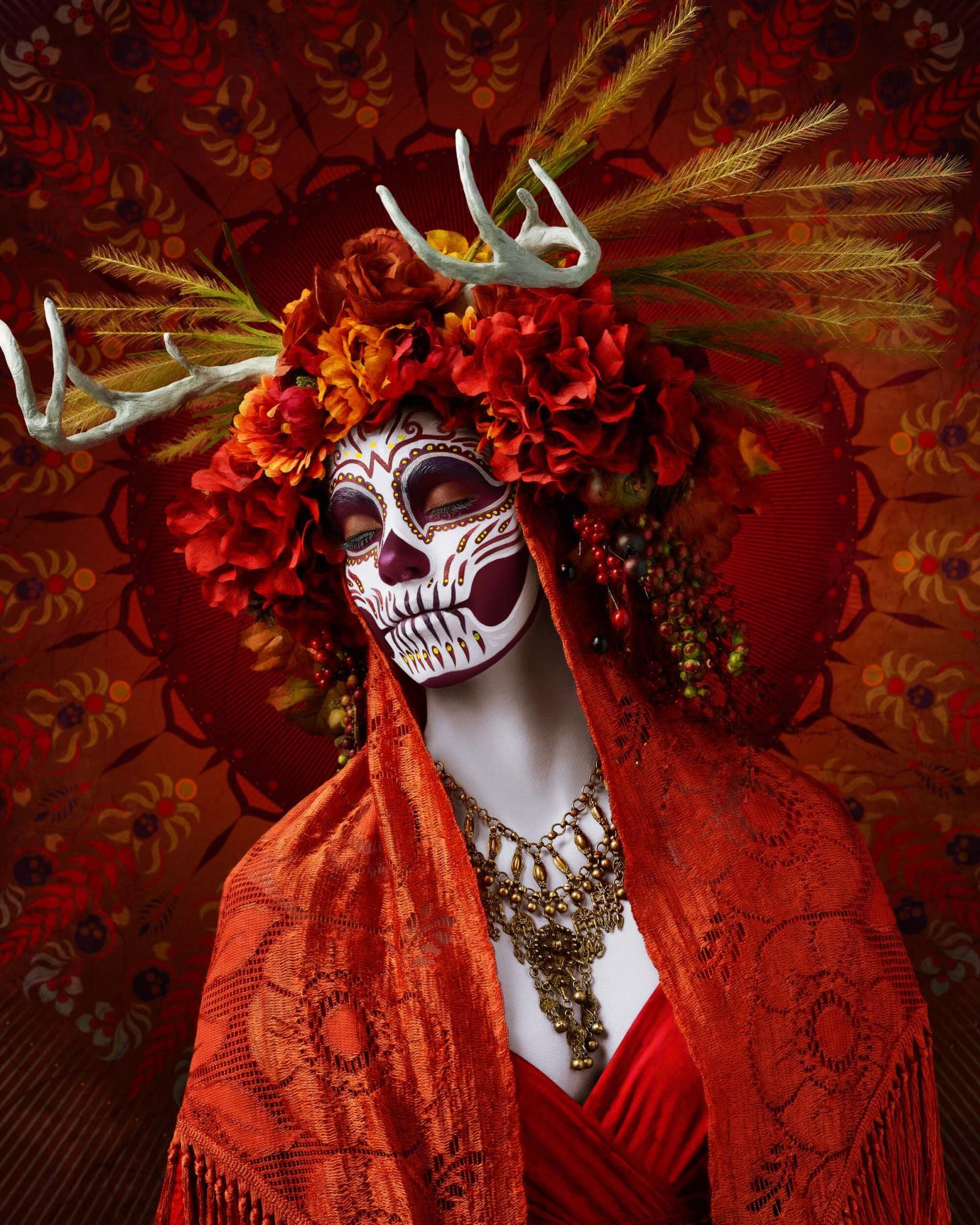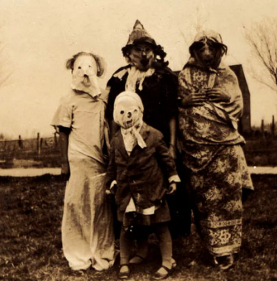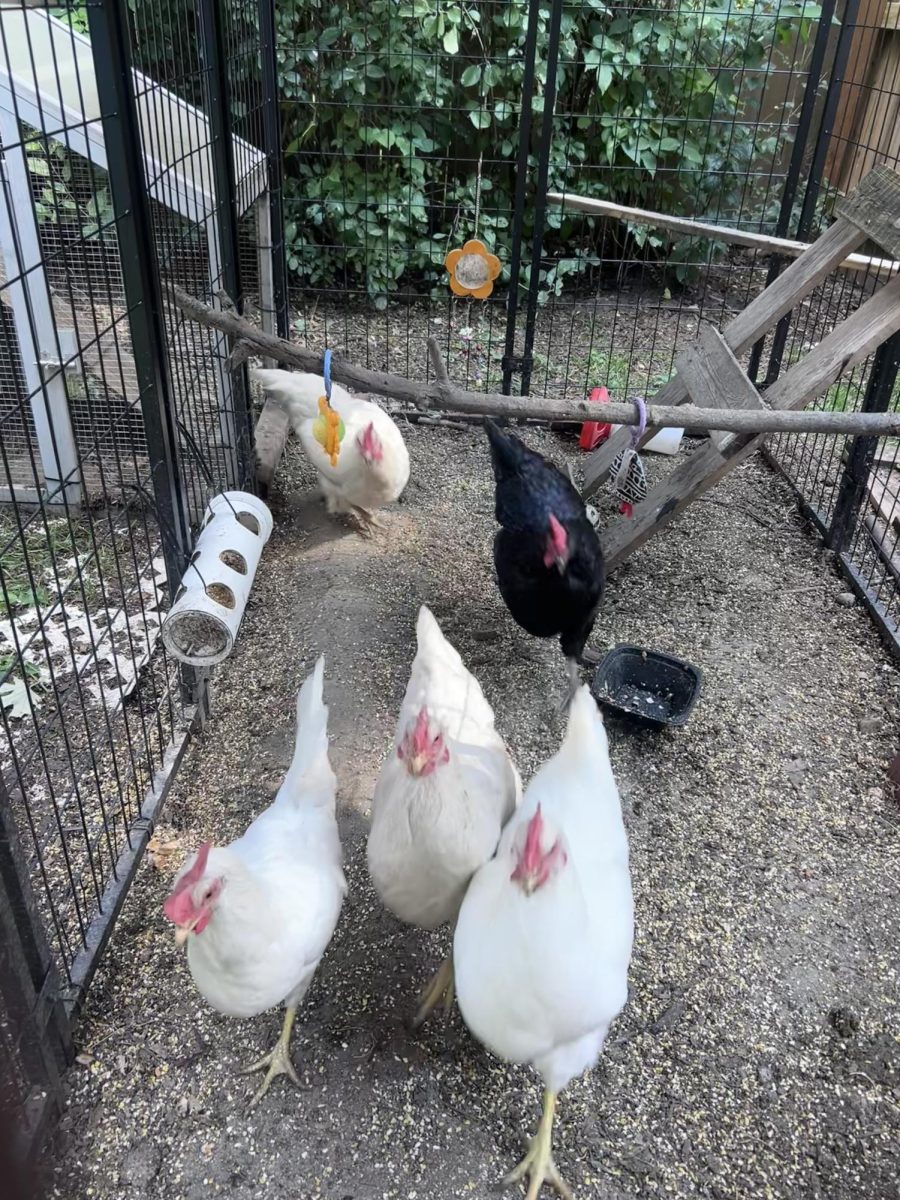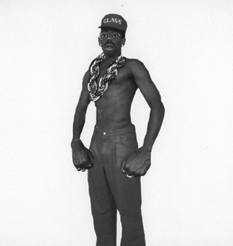Nov. 1 marks Día de los Muertos, a holiday in Hispanic cultures dedicated to honoring family members who came before us or are no longer with us. Popularized in America through films like Coco and The Book of Life, Día de los Muertos has become widely recognized outside Latin America, with festivals taking place in Homewood and Flossmoor, including the Day of the Dead Festival hosted in Homewood on Oct. 15. Those who celebrate are encouraged to bring printed pictures of deceased loved ones to place on a communal ofrenda or altar.
While it’s easy to become swept up in the visual aspect of Día de los Muertos, the holiday is about much more than just fun colors and lively music. The visuals are a key point, but so are virtues like love, acceptance, and peace. Not everything is covered in this article, of course, but anything I can’t cover can easily be read about online.
So why not take a deep dive into the beauty behind Día de los Muertos?
One central part of Día de los Muertos is the decor, particularly the altars or ofrendas built to welcome the souls of the dead. An altar can be constructed using various types of shelves and tables. What matters is what is left on the altar. First and foremost are the deceased themselves—not a literal body, but a picture of them or a cherished belonging. A favorite scarf, a handmade sweater, a beloved book, or any tangible item that held meaning to the deceased allows for their return to the living.
But what’s a warm home without a good meal? Alongside belongings or images of a loved one, food is commonly left atop altars. This may include meals the deceased enjoyed during their lifetime or candy they kept in their home. For example, if your great-grandma always had Starburst on hand, placing those on her altar may help guide her soul home. The food is replaced daily until the altar is taken down, which can occur well after Día de los Muertos concludes on November 2.
Music is another key element of Día de los Muertos celebrations. A commonly played song is “La Llorona,” which tells the story of a woman of the same name and teaches children and newcomers about death through its dark themes. Lighter-themed songs, such as “Las Flores del Camposanto,” which loosely translates to “The Flowers of the Holy Field,” are used to honor loved ones.
Lastly, colors play a significant role. Día de los Muertos features a combination of black, white, and neon colors such as yellow and orange in both decorations and traditional clothing. Orange represents marigolds, a flower commonly used to symbolize death, while yellow signifies sun and light.
Despite how little humanity knows about what comes after death, Día de los Muertos is celebrated to promise an afterlife where the deceased is not forgotten. Through building altars, cooking family favorites, and dressing in traditional clothing, the souls of loved ones are brought back to life, living on through those they loved.








